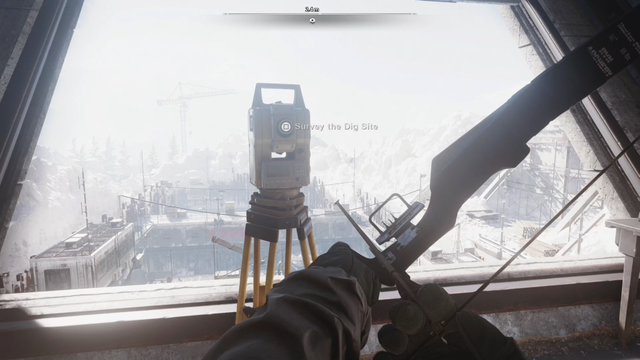

He said also that Emma sat on his mother’s knee and was fed from her plate. He said his father often gave Emma a butty when she asked for one, he had never known him refuse her. He added that his father cooked dinner on Sundays when he was home, making soup from pig’s cheek. The testimony of John, the Aspinall’s eldest son, was very similar to the evidence he had already given at the coroner’s inquest. Damningly she reported that Emma had died without being christened. Sarah Bell, the Aspinall’s next door neighbour gave evidence that she had seen the children almost naked and malnourished in the yard and that she had frequently heard quarrelling from next door, and had seen Mary Aspinall in a state of intoxication. He said that Emma may have died of neglect or some other act, perhaps hinting at the cold water that had been repeatedly been poured over Emma by seven year old Elizabeth Jane under the instructions of her mother. Henry Tindal Atkinson opened proceedings for the prosecution by re-iterating the view of the coroner that the jury would probably be advised that it was up to the husband to provide the means of support and the wife to distribute it.

Mary was quickly allocated the nearest available defence lawyer, John Simon. The only hope of acquittal of either spouse was to attribute guilt to the other. Given the coroner’s previous assessment about the strict division of responsibilities between husband and wife it was apparent that blame was going to be apportioned according to gender.
Echoes of cold war evidence trial#
On the morning of the trial he realised that this was unfeasible. Monk had initially been appointed to defend both prisoners. In 1851 they had lived directly opposite each other in lodgings at Mount Street, less than two minutes walk from 55 Rodney street where William Aspinall and his family were inhabiting a similar property.ĭefending William Aspinall was John Monk, a sixty two year old barrister from Derbyshire. Atkinson was more experienced, being more than twenty years Brett’s senior. The two men were most likely well acquainted, both barristers from London practicing in Liverpool for several years frequently appeared in court together, sometimes on opposing sides. Henry Tindal Atkinson and William Brett, stood for the prosecution. William and Mary were in the dock, both dressed in black. The case remained a cause celebre throughout the city.

The trial opened at 1pm on Friday 13th December before Mr Justice Wightman. Admission one shilling: sixpence to the working classes. The week before the trial at the County Assizes, at the Freemason’s hall on Lime Street, just a few hundred yards from the courtroom, Mr Woodhead’s Parisian Gallery of Anatomy exhibition was advertising that a full- length waxwork model of one of the Aspinall children who had been starved to death in Eldon Place had just been added. Three year old Albert James died of measles and scarletina just an hour or so later.īy the time the Aspinalls went to trial, their four youngest children were dead. The Mercury was optimistic about the progress of all the surviving children, but this view was somewhat premature.Īt the end of October, Valentine caught a cold and his lungs became inflamed. Initially weak and exhausted, he gradually began to regain strength, to put on weight and to walk. He was placed under the care of Nurse Grace Nisbit Gribble, Matron at the fever hospital in the workhouse. On the 28th August, less than a week after the neglect was uncovered, the Mercury had reported that the life of four year old Valentine Berry had been despaired of. William Henry aged 12, Charles aged 10, Elizabeth Jane aged 8, Daniel Burns aged 6, Valentine aged 4, Albert James aged 3 Of the remaining members of the family, the six younger children were admitted to the Workhouse immediately following Thomas’s inquest.


 0 kommentar(er)
0 kommentar(er)
